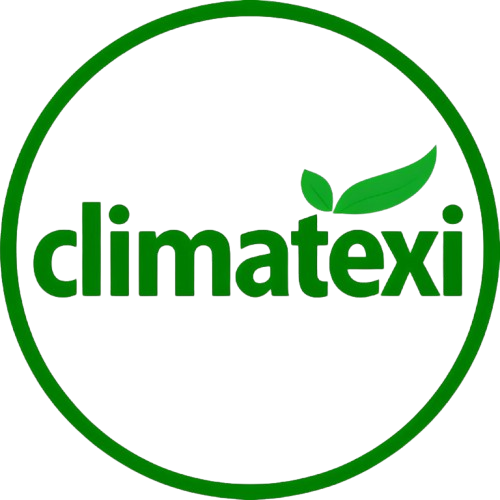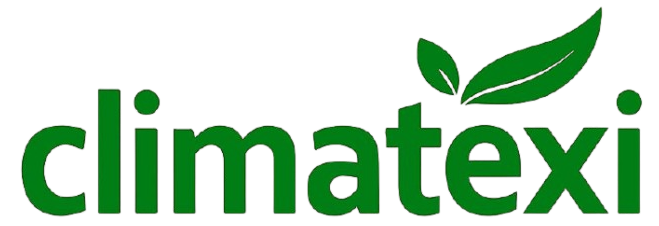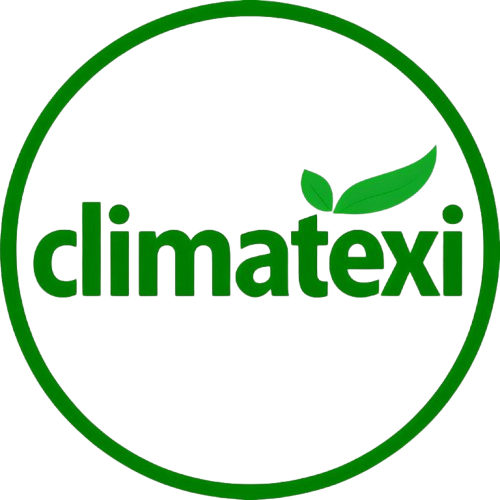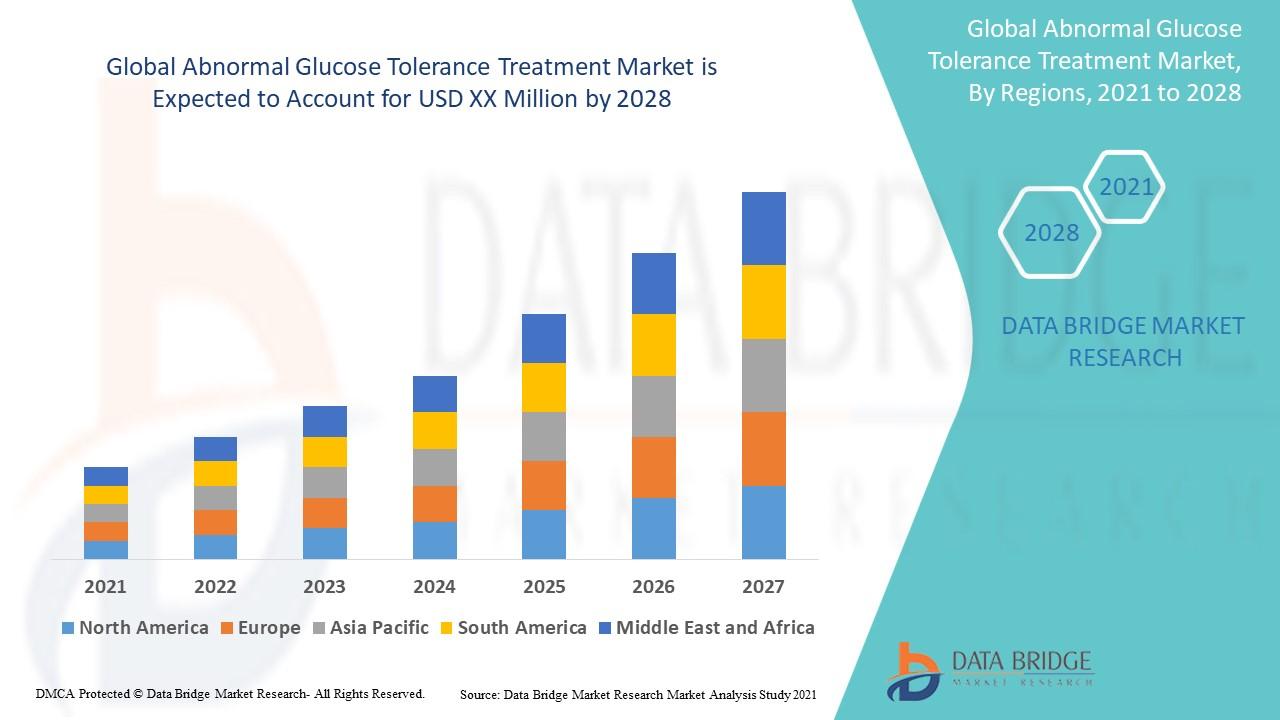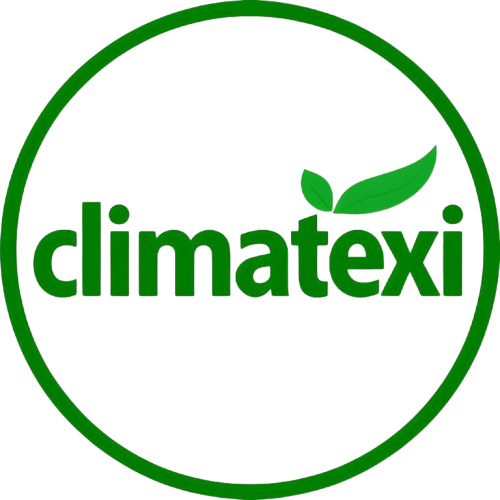Dechlorination Chemicals Market Outlook 2025: Growth, Trends, and Opportunities
The Dechlorination Chemicals Market is experiencing notable growth as industries increasingly focus on water treatment, pollution control, and chemical process safety. Dechlorination chemicals, used primarily to remove chlorine from water, are critical in municipal, industrial, and wastewater treatment applications. Rising environmental regulations and awareness of water quality standards are driving market expansion globally.
Water utilities and industrial facilities are under increasing pressure to meet stringent safety and environmental standards. Dechlorination chemicals, including sodium bisulfite, sodium metabisulfite, and sulfur dioxide, are pivotal in neutralizing residual chlorine, reducing corrosion, and ensuring compliance with wastewater discharge norms. Their use has become more prevalent as industries seek efficient and cost-effective water treatment solutions.
The global market is witnessing technological advancements, including automated dosing systems and eco-friendly chemical formulations. These innovations enhance operational efficiency and minimize environmental impact, boosting market adoption across regions such as North America, Europe, and Asia-Pacific. Rising urbanization and industrialization in emerging economies are further supporting demand.
Request a Sample Report: https://researchintelo.com/request-sample/2571
Key Drivers of the Dechlorination Chemicals Market
-
Rising Water Treatment Needs: Expanding urban populations and industrialization increase water consumption, creating a higher demand for safe, treated water.
-
Stringent Environmental Regulations: Governments worldwide mandate the removal of chlorine and other harmful chemicals from water bodies to protect ecosystems and human health.
-
Industrial Application Growth: Power plants, chemical industries, and food and beverage facilities are increasingly relying on dechlorination chemicals to maintain process integrity and product quality.
The market is further boosted by increasing awareness of water conservation and sustainability initiatives. Companies and municipalities are actively investing in effective dechlorination methods to reduce environmental impact, manage operational costs, and enhance community health standards.
Market Restraints
Despite strong demand, the Dechlorination Chemicals Market faces several challenges:
-
Chemical Handling Risks: Improper storage or usage of chemicals can pose safety hazards, requiring trained personnel and strict compliance measures.
-
High Operational Costs: Large-scale industrial applications require significant capital investment in chemical procurement, storage, and dosing systems.
-
Environmental Concerns: Overuse or improper disposal of dechlorination chemicals may contribute to secondary pollution if not managed correctly.
These restraints may slow market penetration in regions with limited infrastructure or regulatory oversight. However, ongoing research and innovation aim to develop safer and more cost-effective alternatives.
Emerging Opportunities
-
Eco-Friendly Solutions: Development of biodegradable and low-toxicity chemicals presents significant growth potential.
-
Smart Water Treatment Systems: Integration of IoT and automation in dosing processes can improve efficiency and reduce chemical waste.
-
Emerging Markets Expansion: Rapid industrialization in Asia-Pacific, Africa, and Latin America provides opportunities for new market entrants.
Companies focusing on innovation and sustainable practices are likely to gain a competitive advantage. As environmental awareness increases, demand for safer and more efficient dechlorination methods is expected to rise steadily.
View Full Report: https://researchintelo.com/report/dechlorination-chemicals-market
Market Dynamics and Trends
The global Dechlorination Chemicals Market is projected to grow at a significant CAGR during the forecast period. North America and Europe currently lead the market due to mature water treatment infrastructure and stringent regulations. In contrast, Asia-Pacific is emerging as the fastest-growing region, driven by rapid industrialization, urban development, and increasing water quality awareness.
-
Technological Advancements: Adoption of automated chemical dosing and real-time monitoring systems is improving operational accuracy and reducing waste.
-
Sustainable Practices: Companies are increasingly shifting toward environmentally friendly formulations to meet regulatory and consumer demands.
-
Strategic Collaborations: Partnerships between chemical manufacturers and water treatment solution providers are fostering innovation and market penetration.
The market is becoming more competitive as players prioritize research and development, focusing on advanced chemical formulations, safer handling procedures, and innovative application methods.
Enquire Before Buying: https://researchintelo.com/request-for-customization/2571
Global Market Insights
-
The market value of dechlorination chemicals was estimated at USD 1.8 billion in 2024, with projections indicating a rise to USD 2.6 billion by 2030.
-
Sodium bisulfite remains the most widely used chemical due to its effectiveness and cost-efficiency.
-
Municipal water treatment dominates end-user applications, while industrial sectors are witnessing a steady increase in adoption.
-
Asia-Pacific’s market growth is fueled by infrastructure development and increasing investment in water and wastewater treatment facilities.
These trends highlight the market’s potential for sustained growth, particularly in regions where industrial and environmental regulations are strengthening.
Competitive Landscape
The Dechlorination Chemicals Market is moderately fragmented, with numerous regional and global manufacturers offering a range of chemical solutions. Market participants are focusing on product innovation, sustainability, and strategic partnerships to expand their footprint. Companies are also enhancing supply chain networks and logistics capabilities to ensure consistent availability in key markets.
-
Increasing competition is driving improvements in product quality and cost efficiency.
-
Focus on compliance with international standards enhances market credibility and acceptance.
-
Expansion in emerging economies is a critical strategy for growth, offering new revenue streams.
Check Out the Report: https://researchintelo.com/checkout/2571
Conclusion
The Dechlorination Chemicals Market is poised for robust growth, driven by rising water treatment demands, strict regulatory frameworks, and technological innovations. While challenges such as chemical handling risks and environmental concerns persist, the development of safer, eco-friendly, and cost-effective solutions presents significant opportunities. Market stakeholders can leverage these trends to achieve long-term success.
With increasing emphasis on sustainable water management and industrial efficiency, the market is expected to witness continuous growth over the next decade. Adoption of innovative chemicals and smart dosing systems will further reinforce market expansion, making dechlorination chemicals indispensable in global water treatment and industrial processes.
